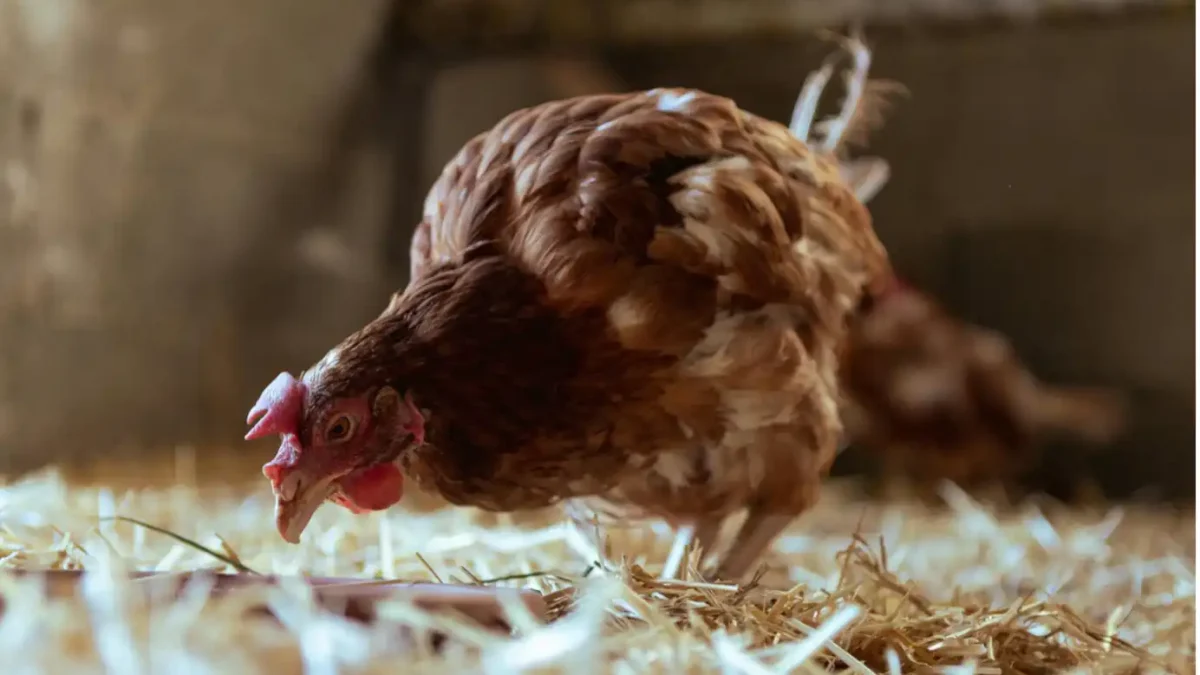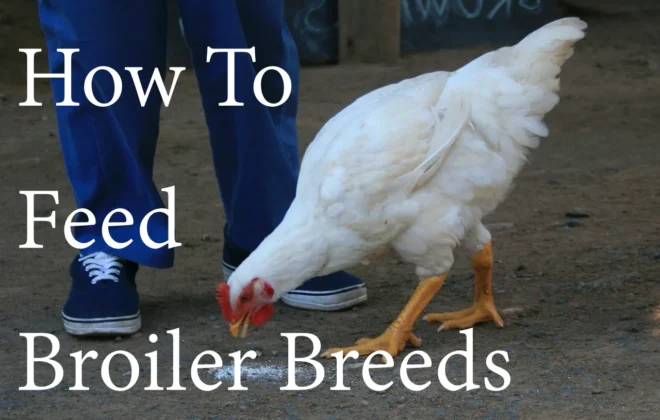
Why My Hen is Not Laying Eggs?
What Every Breeder Should Know
Fertility plays a crucial role in successful poultry breeding, especially when it comes to producing high-quality hatching eggs. Low fertility is a common challenge for many breeders, and while some cases may relate to genetics or inbreeding depression, the majority of issues stem from poor flock management. Understanding the common causes of low fertility can help breeders make the right adjustments to improve reproductive success and hatchability rates. Below, we’ll explore the most important factors that influence fertility in poultry.
Management Factors That Affect Fertility
- Crowded Conditions
When flocks are kept in overcrowded environments, both males and females experience stress. This stress reduces mating efficiency and impacts egg quality. Adequate space is essential for healthy breeding activity.
- High Temperatures
Excessive heat can lower fertility rates significantly. Heat stress reduces male vigor and sperm quality while also weakening female reproductive function. Proper ventilation, shade, and cooling systems are essential in warmer climates.
- Insufficient Daylight
Breeders require at least 14 hours of daylight for optimal reproductive performance. Without sufficient light exposure, hens may reduce egg production, and cocks may show reduced mating activity. Supplementing with artificial lighting during shorter days can correct this issue.
- Injury
A male with a foot or leg injury may not be able to tread hens effectively, reducing overall fertility rates. Regular health checks and timely treatment for injuries are vital to keep breeders active and productive.
- Parasite Infestations
Both internal (worms) and external parasites (mites, lice) put stress on the birds’ bodies and reduce fertility. Parasites sap essential nutrients, leading to weakness, poor egg production, and decreased mating efficiency.
- Disease
Infectious conditions like chronic respiratory disease, infectious coryza, infectious bronchitis, Marek’s disease, and mild Newcastle disease can severely affect fertility. Preventive vaccination, biosecurity, and early treatment are crucial in disease management.
- Age
Fertility is closely tied to age. Birds that are too young may not have fully developed reproductive systems, while older breeders naturally show reduced fertility. Maintaining a flock with breeders at the right age balance ensures higher fertility rates.
- Stress
Frequent handling, transportation, or exhibition (such as in poultry shows) can cause stress that lowers fertility. Minimizing stressors and providing a calm environment improves breeding results.
- Poor Nutrition
Nutrition is one of the most significant factors in fertility. Breeders need a balanced diet with sufficient protein, vitamins, and minerals to sustain strong reproductive function. Inadequate feed quality or imbalance in nutrients often leads to lower fertility and weak chicks.
Other Causes of Low Fertility
Beyond environmental and nutritional factors, mechanical and breed-specific issues may also hinder fertility.
- Mating Ratio
An improper male-to-female ratio can cause problems. Too many males may cause excessive treading and injuries, while too few males lead to under-mating and low fertility.
- Comb Size
Breeds with large single combs sometimes struggle to eat from narrow feeders. The resulting nutrition deficiency affects fertility. Wider feeders or adjustments in equipment can solve this issue.
- Crests
Breeds like Polish and Houdans with heavy crests may have impaired vision, making it harder for males to find and mate with hens. Simply trimming back the crest feathers can dramatically improve fertility.
- Heavy Feathering
Heavily feathered breeds, such as Brahmas, Cochins, and Wyandottes, often face mating challenges. Trimming or clipping vent feathers around the mating area can improve contact and increase fertility rates.
- Foot Feathering
Cocks from breeds like booted bantams have difficulty maintaining balance while mating due to heavy foot feathering. Trimming feathers around the feet can help improve their grip during mating.
- Rumplessness
Araucanas and similar breeds lack tail feathers, which normally help in clearing the vent during mating. Clipping vent feathers on both hens and cocks ensures better mating contact and higher fertility.
- Heavy Muscling
Heavily muscled breeds like Cornish cocks may struggle to mount hens due to their broad bodies. These breeds often require artificial insemination to maintain fertility.
- Genetic Factors
Genetics also play a role in fertility. For example, cocks with rose combs generally show lower fertility compared to single-comb males. Additionally, highly inbred populations suffer from reduced fertility due to limited genetic diversity.
Key Takeaway for Breeders
Low fertility in poultry is rarely the result of a single cause—it often comes from a combination of environmental, nutritional, mechanical, and genetic factors. By maintaining proper flock management, providing balanced nutrition, preventing diseases, and addressing breed-specific challenges, breeders can significantly improve fertility and hatching success.
If you are facing challenges with fertility in your flock, don’t wait until it severely impacts production. Reach out to us today for expert guidance on improving fertility and ensuring healthier hatches.
At ChickCoop®, we’re more than just a Chicken Company, writing interesting blogs about them– we’re your trusted partner in building a modernized, sustainable and profitable farm. From breed selection to buy-back support, feed guidance, and modern farm management tips, we ensure farmers like you achieve the best results and profits.
Call us today to discuss your farming needs
📧 Email us at: write@chickcoop.in
📞 Call us: +91-9939209699
Give us a call now and take the first step toward stronger, more productive flocks!


